Chenin Blanc, an incredibly versatile white wine grape variety which originates from France’s Loire Valley in France. This grape was brought to the Loire valley from mont chenin in Tourraine in the early 1500s. It`s name is derived from its origin. It is also known under the synonyms franc blanc and gros chenin and gamet blanc.
It has gained popularity across the globe thanks to its ability to produce a wide range of wine styles, including: sparkling wines, dry, off-dry, and sweet dessert wines. The allure of Chenin Blanc lies in its adaptability to various climates and winemaking techniques, as well as its distinct flavor profile.
The grape is known for its high acidity, which allows it to age gracefully and maintain its refreshing quality. Aromas of Chenin Blanc wines typically include notes of green apple, quince, and pear, while the chenin blanc taste can range from crisp and mineral-driven to round and luscious, depending on the region and production method used.
One can find superb expressions of Chenin Blanc wine in regions such as South Africa, where the grape has gained a firm foothold and earned a reputation for producing world-class wines.
However, the true range and nuance of Chenin Blanc wine are best explored through the many sub-regions of the Loire Valley, where the grape’s unique characteristics are shaped by factors such as soil type and climate. From Anjou to Vouvray, each region offers a distinctive interpretation of this versatile grape variety, worth discovering and appreciating by wine enthusiasts of all levels.
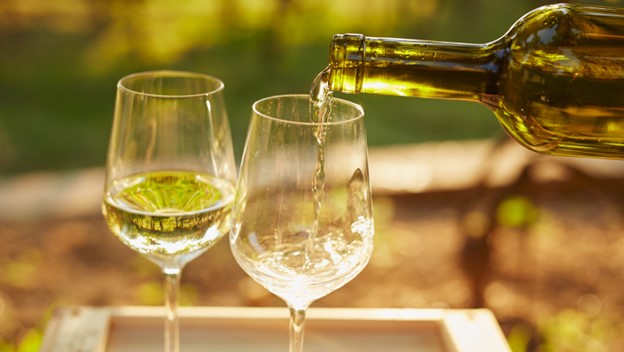
Chenin Blanc Overview
History
Chenin Blanc is a versatile white grape variety that originated in the Loire Valley of France. It is believed to have been planted there as early as the 9th century. Chenin Blanc grapes gained popularity in the region due to its adaptability to various soil types and climates. They are also called pineau de la loire.
In the 17th century, the grape variety was brought to South Africa, where it would eventually become the country’s most widely planted grape. Today, South Africa is the largest producer of Chenin Blanc wines.
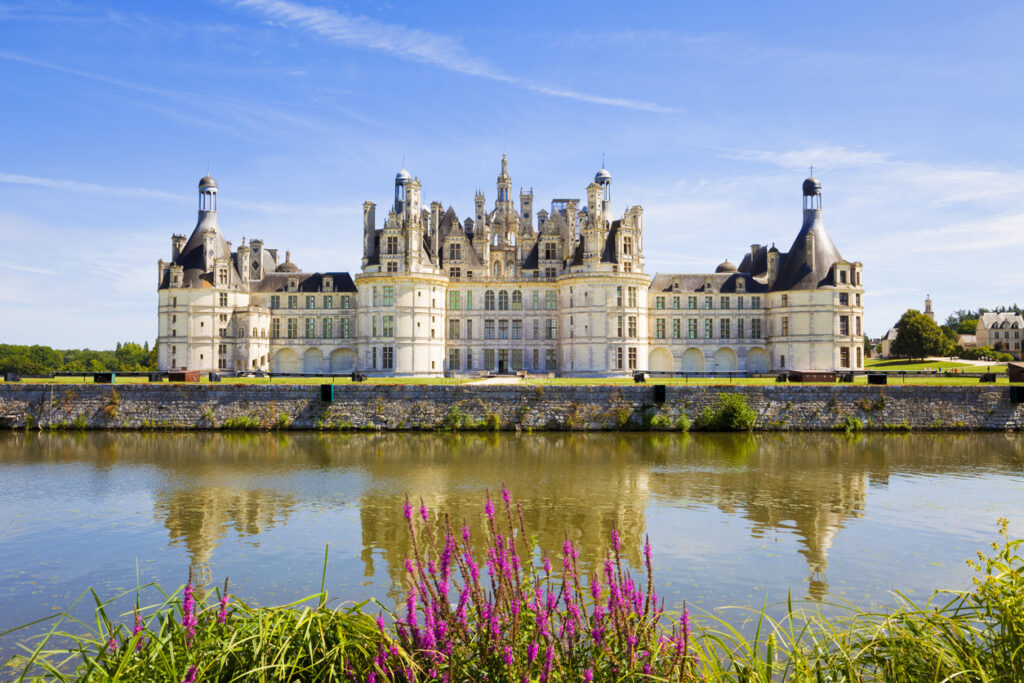
Key Regions
Chenin Blanc is primarily associated with two main regions: the Loire Valley in France and South Africa. Within the Loire Valley its also known as pineau gros de vouvray, the primary appellations known for producing Chenin Blanc wines include:
- Vouvray: Typically produces off-dry to sweet wines with notes of peach, honeysuckle, and honey.
- Savennières: Known for creating dry, structured, and mineral-driven wines with flavors of quince, chamomile, and beeswax.
- Blanc d’Anjou: Produces both dry and sweet wines, predominantly featuring flavors of green apple, lime, and wet stone.
- Quarts de chaume: sweet wines from Chenin Blanc grapes affected by noble rot. These wines evolve into marvels of complexity, revealing layers of honeyed apricot, ripe peach, and delicate floral notes.
- Crémant de Loire: this white sparkling wine de la loire river is made from chenin blanc wines. These sparkling white wines have fruity and fresh aromas.
Sweet wines produced in France’s loire valley mostly use Chenin blanc grapes affected by noble rot or botrytis cinerea.
In South African Chenin Blanc grapes are also known as Steen. The key regions for Chenin Blanc production include:
- Swartland: Produces rich, full-bodied wines often characterized by flavors of yellow apple, pear, and beeswax.
- Stellenbosch: Known for creating well-balanced, medium-bodied wines with flavors of green apple, quince, and refreshing acidity.
Both the French and South African Chenin Blanc can produce wines that showcase the grape’s versatility and ability to adapt to different climates and styles of winemaking.
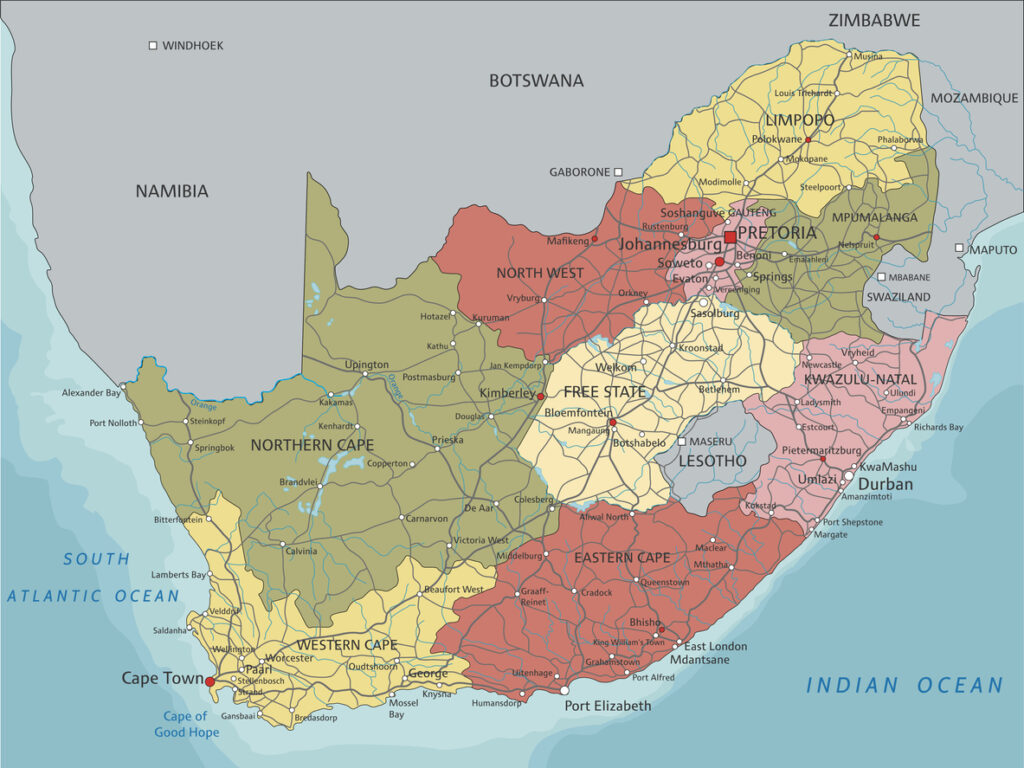
Characteristics of Chenin Blanc
Aromas and Flavors
Chenin Blanc is a versatile white grape variety known for its high acidity and distinct aromas. The primary aromas in Chenin Blanc wines include green apple, quince, and pear, with subtle floral notes like honeysuckle and acacia. Depending on the winemaking process, secondary aromas can develop, such as honey, ginger, and chamomile.
In warmer climates or from ripened grapes, Chenin Blanc expresses more tropical fruit flavors like pineapple, mango, and guava. Some aged Chenin Blancs may exhibit nutty and lanolin notes.
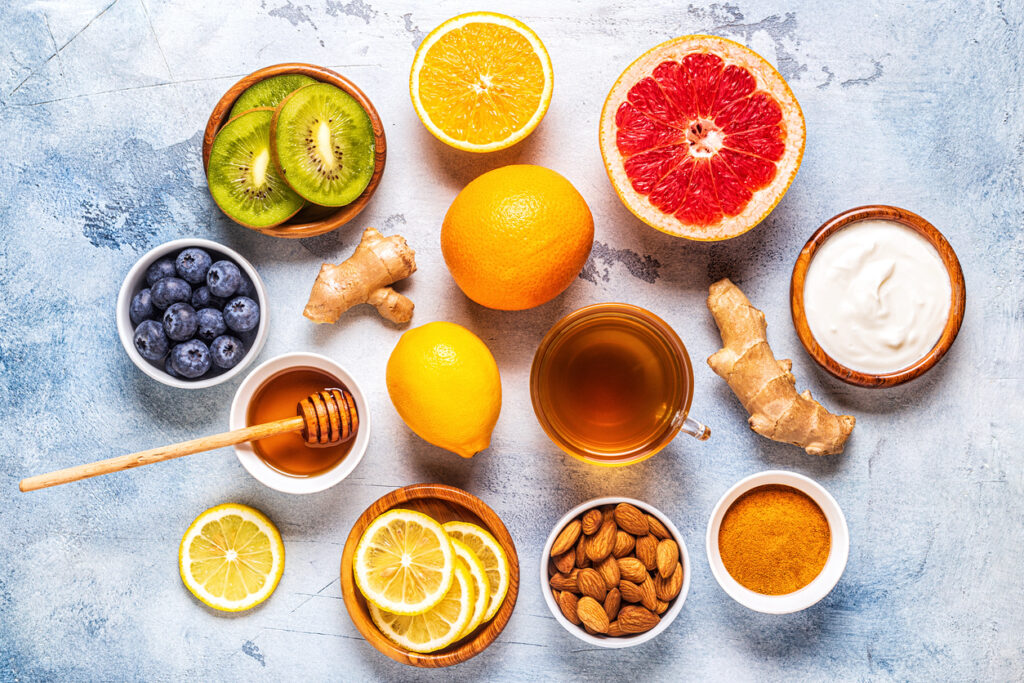
Structure
The structure of Chenin Blanc wines greatly depends on the winemaking techniques and the climate in which they’re grown. Chenin Blanc has a naturally high acidity, providing the backbone for a range of wine styles from bone dry and crisp to sweet and luscious.
- Acidity: High
- Body: Medium to Full
- Alcohol: Typically 12-14% ABV
- Sweetness: Varies from dry to sweet
The versatility of Chenin Blanc allows it to be used in a range of winemaking techniques, including sparkling wines, still wines, and dessert wines. Many producers choose to age their Chenin Blanc in oak, which can impart creamy and toasty characteristics to the wine. Sweet wines are produced using grapes affected by botrytis cinerea or noble rot.
Food Pairings with Chenin Blanc
Chenin Blanc is a versatile white wine that pairs well with a wide range of foods. Its high acidity and fruity flavors make it an excellent choice for bringing out the best in dishes, such as cheese, seafood, and desserts.
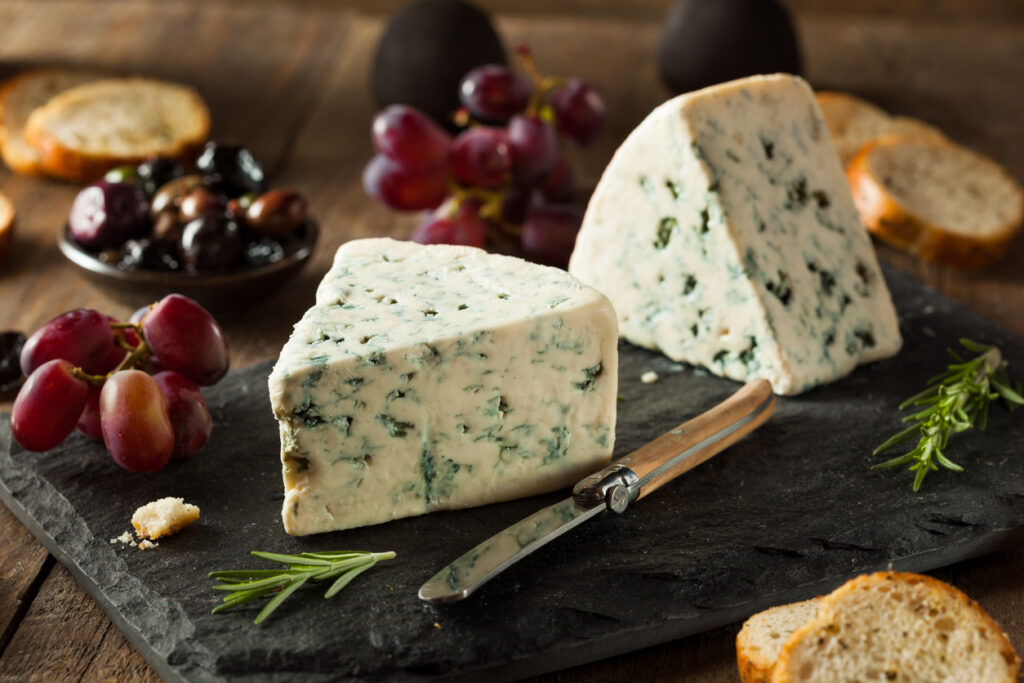
Cheese
Chenin Blanc complements many types of cheese. Some ideal pairings include:
- Goat cheese: The tangy flavors of goat cheese will be enhanced by Chenin Blanc’s acidity.
- Brie: The creaminess of the brie pairs well with the bright fruit notes in Chenin Blanc.
- Camembert: The wine’s acidity cuts through the richness of this creamy cheese, providing a balanced taste experience.
Seafood
Chenin Blanc is a great choice for seafood dishes. The wine’s acidity and fruity flavors help to accentuate the taste of various seafood dishes, such as:
- Oysters: The wine’s acidity highlights the oysters’ brininess while the fruitiness adds depth to their flavor.
- Halibut: The crisp acidity of Chenin Blanc pairs well with the light, flaky texture of halibut.
- Sea scallops: The wine’s fruitiness complements the natural sweetness of scallops.
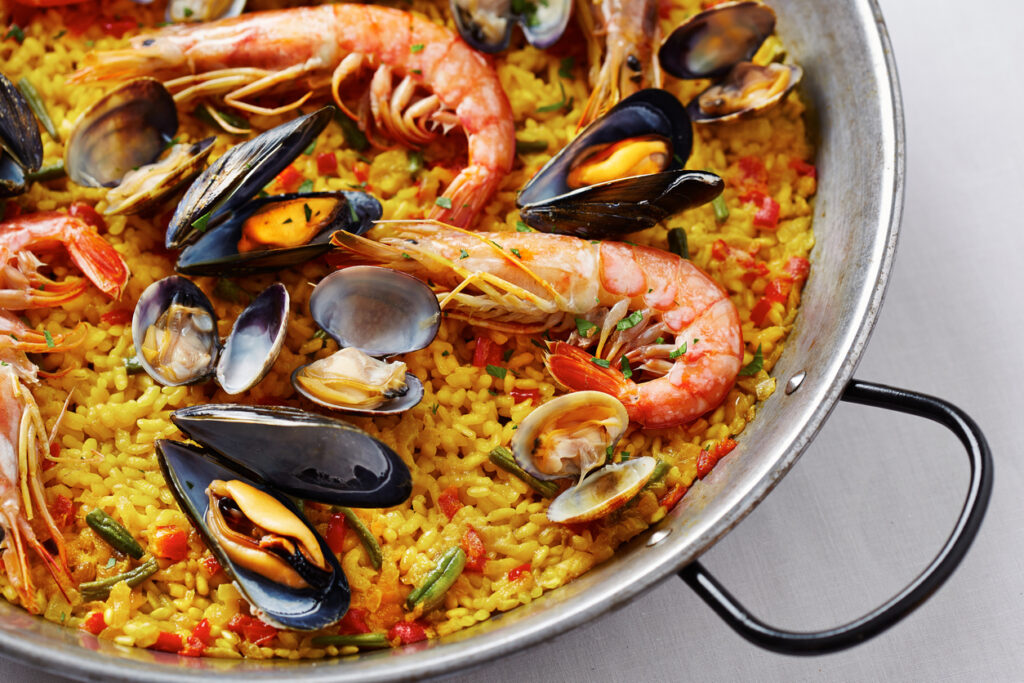
Desserts
Chenin Blanc is also an excellent partner to desserts, particularly fruit-based ones. Some tasty pairings include:
- Apple tart: The wine’s acidity and fruit flavors enhance the taste of the apples in the tart.
- Lemon meringue pie: The wine’s crispness pairs well with the richly sweet and tangy dessert.
- Summer fruit crumble: The mix of fruits in the crumble will revel in the acidity and fruitiness of the Chenin Blanc.
Where Does Chenin Blanc Wine Come From?
France
In France, Chenin Blanc is mainly produced in the Loire Valley. Some well-known French wineries that create exceptional Chenin Blanc wines include:

- Domaine Huet: Founded in 1928 and renowned for their Vouvray wines, Domaine Huet creates both dry and sweet wines of Chenin Blanc.
- Domaine des Baumard: This family-owned winery has been crafting Chenin Blanc wines since 1634, focusing on the Quarts de Chaume and Savennières appellations.
- Château de Brézé: Known for their high-quality Saumur wines, Château de Brézé produces Chenin Blanc in various styles, from sparkling to dessert wines.
Chenin Blanc grape varieties are used for sweet wine production as well as for dry wine production.
South Africa
In South Africa, Chenin Blanc is the most planted grape variety. Some noteworthy South African producers of Chenin Blanc include:
- Mullineux & Leeu Family Wines: This award-winning winery is located in the Swartland region and produces a range of Chenin Blanc wines from old vineyards.
- Ken Forrester Wines: Specializing in Chenin Blanc, Ken Forrester Wines is based in the Stellenbosch region and produces wines that express the unique terroir of the area.
- DeMorgenzon: Also situated in Stellenbosch, DeMorgenzon is widely regarded for their Chenin Blanc wines, which are made in both dry and sweet styles.
These producers exemplify the fine quality and diverse styles of Chenin Blanc wines produced in both France and South Africa.
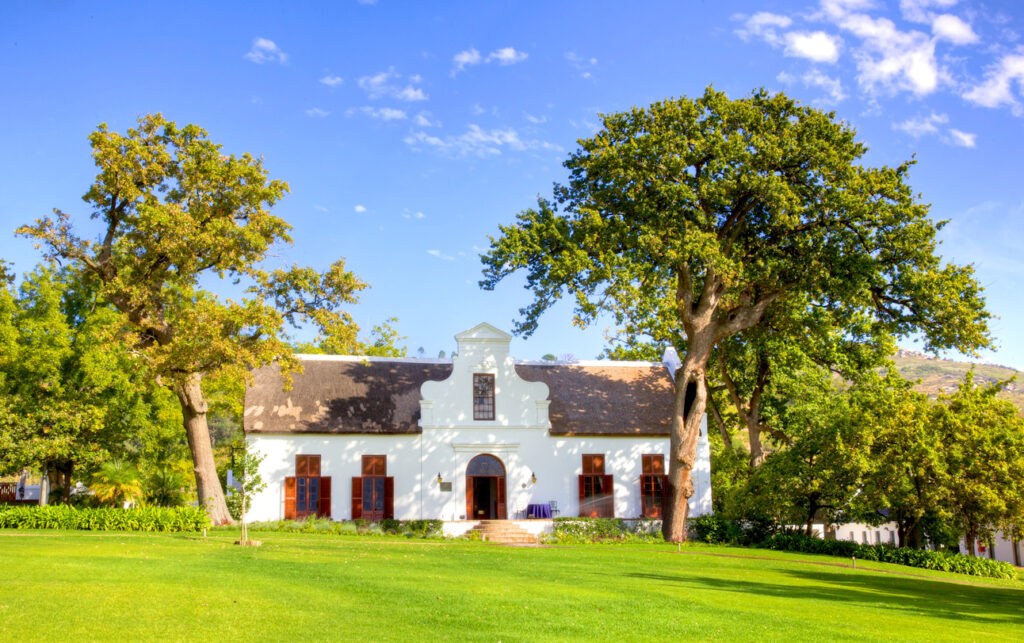
Tips for Buying and Enjoying Chenin Blanc
Chenin Blanc is a versatile white grape variety native to France’s Loire Valley. It is known for producing a range of wines, from crisp and dry to rich and sometimes sweet noble rot wines. Here are some tips for buying and enjoying Chenin Blanc.
Price Range
When purchasing Chenin Blanc, it is important to understand that the price can vary significantly depending on the region, producer, and style. Generally, you can find Chenin Blanc wines in the following price ranges:
- Budget-Friendly ($10 – $20): Entry-level Chenin Blancs tend to be more refreshing and straightforward in flavor, typically produced in South Africa or California.
- Mid-Range ($20 – $40): At this price point, you are likely to find a wider selection of Chenin Blanc wines from various regions, including the Loire Valley. These wines often showcase more complexity and depth compared to their budget-friendly counterparts.
- Premium ($40 and above): High-quality Chenin Blancs, particularly those from the Loire Valley, can command higher prices. These wines are usually characterized by exceptional balance, complexity, and age-worthiness.
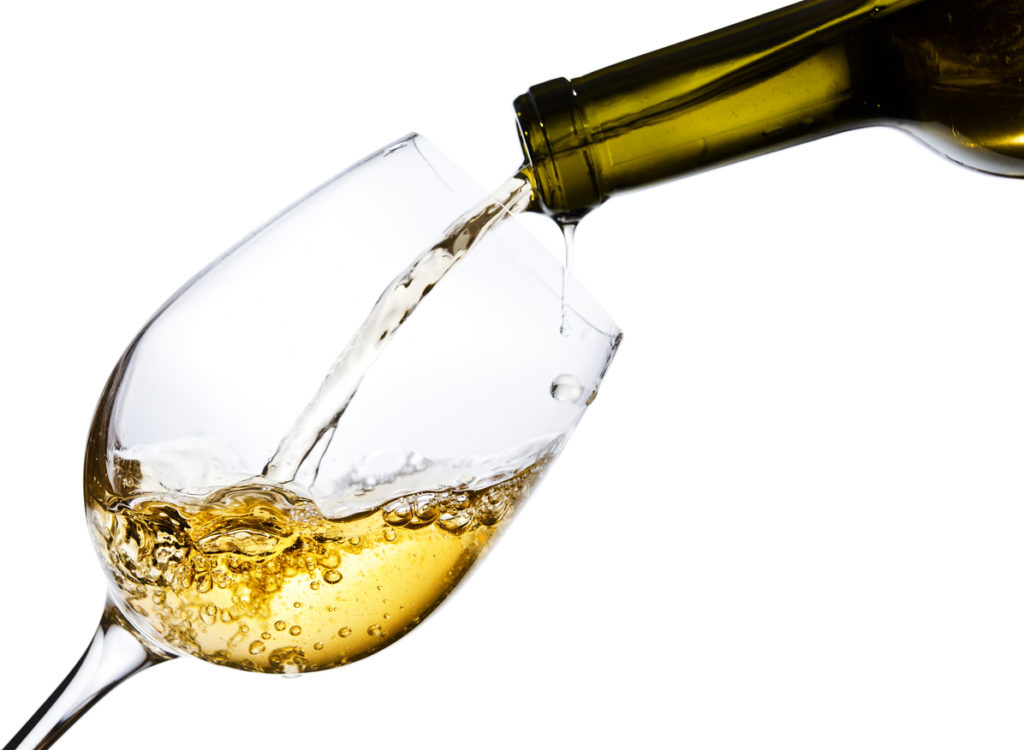
Aging Potential
Chenin Blanc is known for its impressive ability to age, which sets it apart from many other white wines. Not all Chenin Blanc wines are designed for long-term cellaring. Those with higher quality and concentration can develop and improve over time. Here are some general guidelines for aging potential:
- Young and Fresh (2-5 years): Basic Chenin Blancs without notable residual sugar or exceptional complexity are typically best consumed within a few years of release. They showcase lively acidity and vibrant fruit flavors, making them perfect for casual drinking.
- Mid-Range (5-10 years): Some Chenin Blanc wines with moderate complexity and concentration can benefit from a bit of aging. Over time, they may develop intriguing secondary flavors, such as honey, nuts, or brioche, which complement the primary fruit notes.
- Long-Aging (10+ years): Top-tier Chenin Blanc wines, especially those from the Loire Valley, have the structure and intensity to reward extended cellaring. With age, these wines can develop nuanced and profound flavor profiles, offering a truly memorable tasting experience.
In conclusion, when buying and enjoying Chenin Blanc, consider your budget. Decide if investing in a bottle with aging potential is worth it. By understanding the price range and aging potential of this versatile grape variety, you will be better equipped to find and appreciate the perfect Chenin Blanc wine for your taste and preferences.

